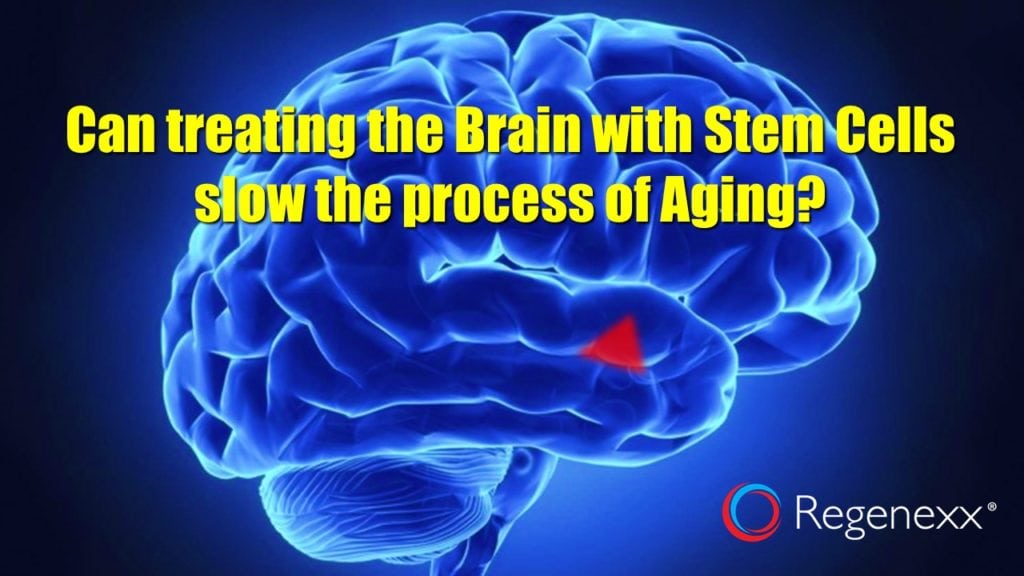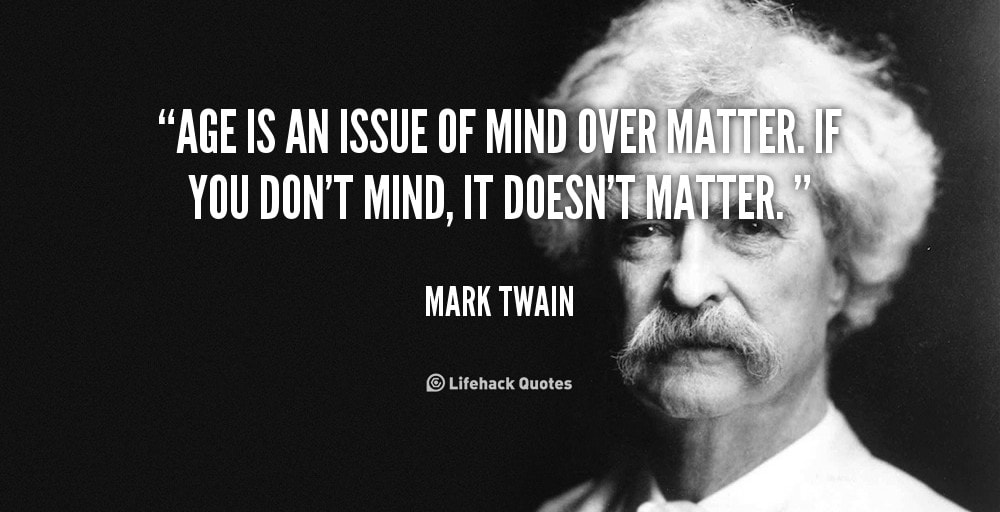Can Replenishing the Brain’s Stem Cells Slow Aging?
For the last 1-2 decades, scientists have conceptualized aging as a problem of burnt out and shortened telomeres, which are the biologic clocks on the end of our DNA. Shorter telomeres=older cells=aged person. However, what if it wasn’t that simple? What if aging were really controlled by the brain? A breakthrough discovery has shown that stem cells in a specific portion of the brain have the power to make older mice young. Huh?
Many Scientific Connections Have Been Thought to Slow Aging
Let’s first review what this blog has covered on aging:
- With aging, the cell is less able to maintain homeostasis (balance). Why? Because the endoplasmic reticulum inside the cell loses its ability to secrete waste proteins into the bloodstream. This leaves them to build up in another area of the cell and leads to neurodegenerative diseases.
- As we age, our mitochondria (the batteries inside our cells) lessen in their ability to energize our cells, but one study found that stem cells recharging and sorting those worn-out mitochondria can help with aging; the scope of this study didn’t include how to accomplish this.
- An NAD supplement has been shown to rejuvenate stem cells that have suffered from mitochondrial burnout with aging, lengthening the lifespan in mice.
- The supplement CoQ10 has also been shown to help with mitochondrial damage, which showed a positive effect on aging in mice.
- Telomeres, the tips on the ends of our chromosomes that guard our genetic information, shorten as we age. Shorter telomeres equals less protection and, therefore, more aging. Exercise lengthens your telomeres, the result of which is to slow aging.
Hypothalamus Stem Cells and the Link to Aging
Researchers in this new study first determined in mice that neural stem cells in the hypothalamus drastically decreased as mice aged. To study the link between the aging and the loss of the stem cells, researchers then intentionally destroyed neural stem cells in the hypothalamus of mice by injecting a virus. Focusing on indicators such as memory, endurance, and muscle strength, they observed faster aging in these mice. In addition, the test mice experienced earlier deaths than the control-subject mice whose stem cells had not been destroyed. In the next phase of the study, researchers replenished hypothalamus stem cells in middle-aged mice with hypothalamus stem cells from newborn mice. Compared to the control-subject mice who had not been injected with stem cells, the stem cells were able to successfully slow aging in the test mice and also increased their lifespan by 10%.
Digging a bit deeper, the researchers also discovered that the answer to how these specific stem cells slow aging seems to lie in the unique ability of the hypothalamus stem cells to release microRNA through exosomes (tiny packets). MicroRNA are small molecules that aid in the regulation of gene expression and once released affect the whole body; researchers aren’t sure if this effect is direct (via the microRNA moving throughout the body once released) or indirect (via the microRNA impacting the brain upon release and then the body), so more research will focus toward answering these lingering questions.
The upshot? This is a huge discovery because it upends our notion of what causes aging. If these results are replicated, you could see the mass production of young hypothalamus stem cells and precise injection based implantation into the hypothalamus as a way to extend both health and lifespan. Who ever said aging was all in your head was likely right! I’ll leave you with a Mark Twain quote:

NOTE: This blog post provides general information to help the reader better understand regenerative medicine, musculoskeletal health, and related subjects. All content provided in this blog, website, or any linked materials, including text, graphics, images, patient profiles, outcomes, and information, are not intended and should not be considered or used as a substitute for medical advice, diagnosis, or treatment. Please always consult with a professional and certified healthcare provider to discuss if a treatment is right for you.


